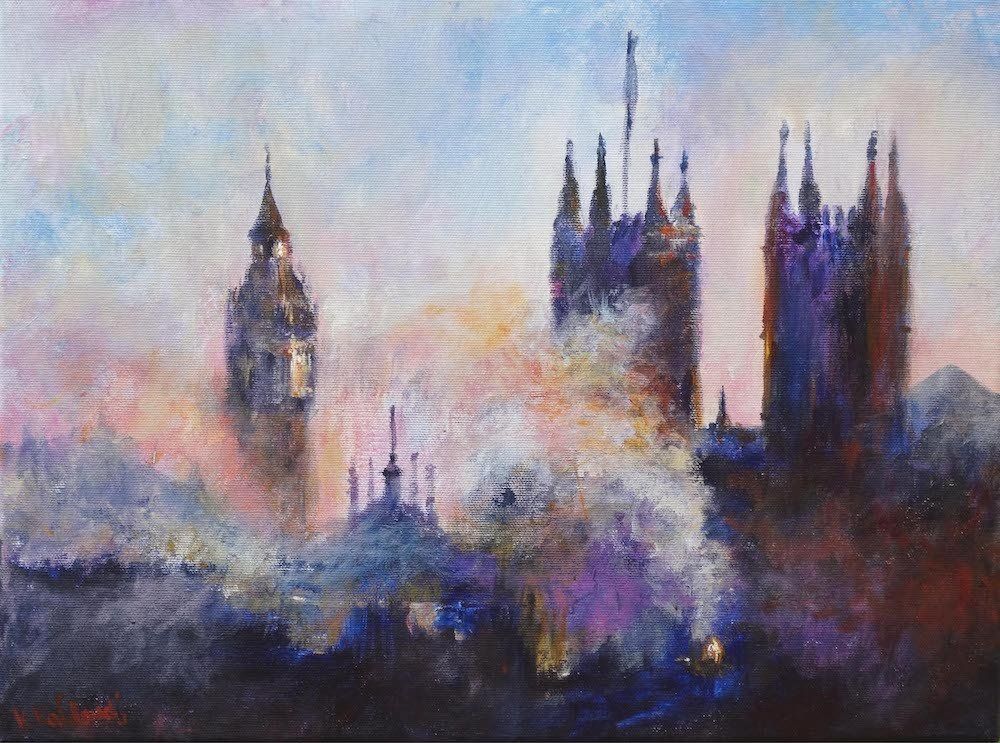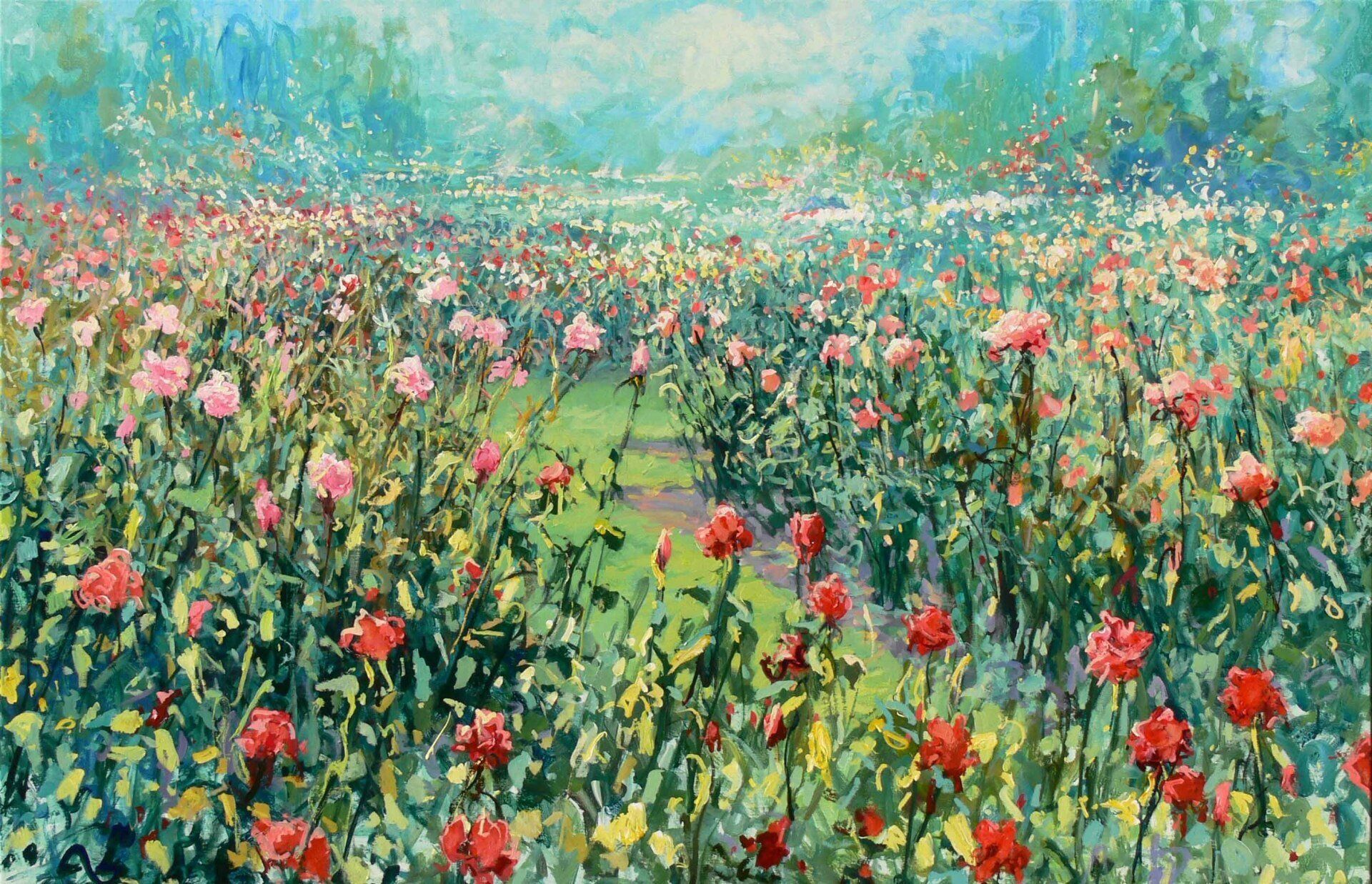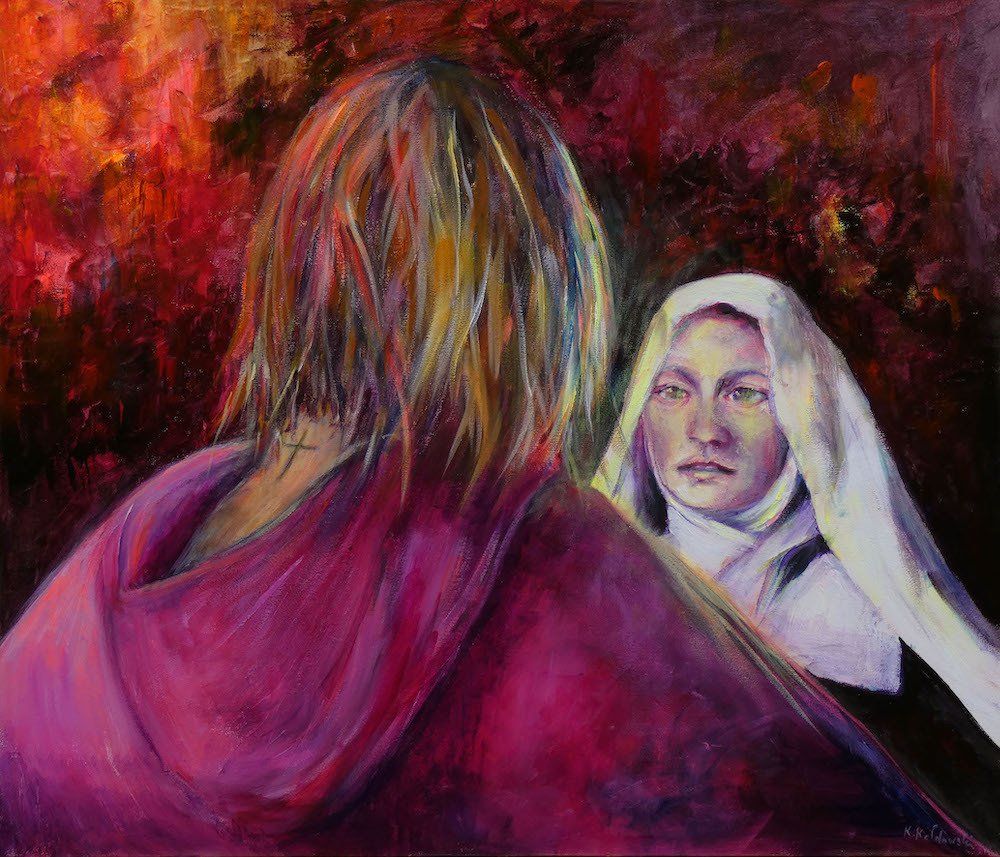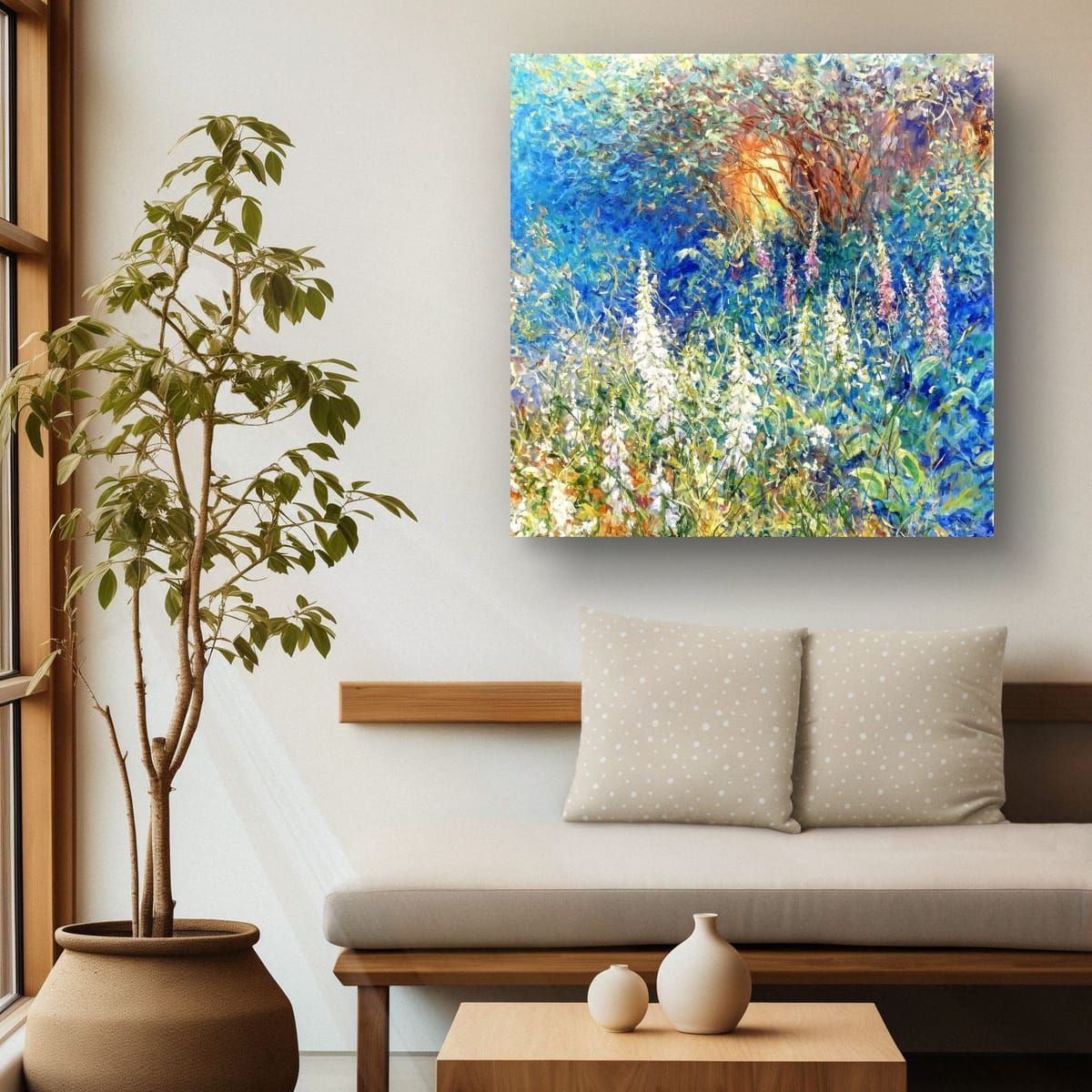How Art Can Illuminate the Ecological Crisis: Veni Vidi Vici and Beyond
When I painted Veni Vidi Vici, my focus was ecological awareness. The orangutan, seated on a throne in front of a burning palm forest, symbolises how human consumption drives destruction. He becomes a court jester for our pleasure — a tragic image of displacement and loss.
This painting is not only about orangutan art, but also about the wider story of deforestation and climate change. Through painting, I want to show that ecological art can make visible what we prefer not to see.
Ecological Awareness in Today’s Headlines
The themes in Veni Vidi Vici are echoed in current news. A recent UK government report revealed that everyday products — palm oil, soy, cocoa — continue to cause deforestation overseas. According to WWF-UK, most people in Britain now support stronger laws to keep illegal deforestation out of our supply chains. Orangutans, rainforests and communities in Asia and South America are still paying the price for what we consume.
- WWF UK – Action on illegal deforestation
- The Ecologist – UK consumption driving massive deforestation
These reports show why ecological awareness is not just an artistic theme, but a global responsibility.
What Artists Can Do
Artists may not write policy, but art has always been a tool for change. Ecological art — whether a painting, installation or performance — can shift emotions in ways reports cannot. By creating orangutan paintings, rainforest imagery, or works that address climate change, we remind people of what is at stake.
For me, painting during lockdown was not only an act of creation but also an act of witness. Veni Vidi Vici stands as a reminder: forests are burning, habitats are vanishing, and silence is not an option.










